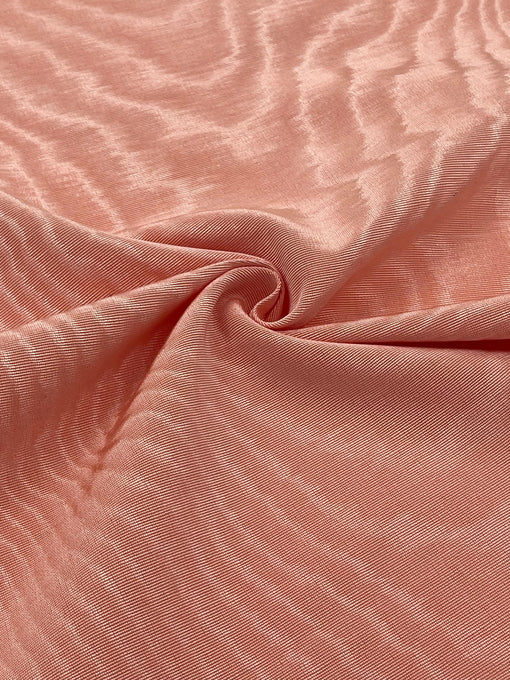
- Article publié sur le site:
- Auteur de l'article: Yasemen İnan
- Étiquette de l'article: decorative_fabrics
- Les commentaires sur les articles comptent: 0
Menu du tiroir

Kutnu fabric, one of the elegant textile legacies of the Ottoman Empire, has gained worldwide recognition not only in Turkey but also internationally. Produced primarily in regions like Gaziantep, this fabric has become a symbol of traditional craftsmanship and aesthetic beauty. Dating back to the 16th century, Kutnu fabric combines historical grandeur with modern elegance, making it a key element in both contemporary fashion and cultural heritage.
The History and Origins of Kutnu Fabric
Kutnu fabric gets its name from the Kutnu village in Gaziantep, but its production spread across various settlements in the region. In the Ottoman era, it was preferred by the royal court and the elite classes, later becoming more widely accessible to the general population. Made from a blend of silk and cotton, Kutnu is known for its striking geometric patterns and vivid colors. Over time, it became widely used in traditional Turkish garments, including shawls, headscarves, dresses, and home textiles.

The Features and Aesthetic of Kutnu Fabric
One of the most prominent characteristics of Kutnu fabric is its vibrant and rich color palette. Traditionally, Kutnu fabrics feature bold colors like red, green, blue, and yellow, which are meticulously woven to create eye-catching designs. The patterns, often geometric and symmetrical, lend the fabric a sophisticated and graceful appearance.
Kutnu fabric is crafted with great attention to detail, often using traditional weaving methods that give it a unique texture and quality. Although it can also be produced using modern techniques, the traditional handwoven processes imbue the fabric with an unparalleled charm. The blend of silk and cotton makes Kutnu both lightweight and durable, making it suitable for long-lasting use.

Kutnu Fabric's Place in the Present Day
Kutnu fabric, once a symbol of imperial opulence and Ottoman aristocracy, has seen a revival in recent years. Today, it is increasingly favored by designers and artists who seek to preserve and celebrate this cultural heritage. Modern designers are blending Kutnu fabric with contemporary interpretations, integrating it into global fashion collections.
Famous international brands now feature Kutnu fabric in their latest collections, merging the historical elegance of the fabric with modern trends. The timeless sophistication of Kutnu fabric makes it an ideal fashion element that reflects both the splendor of the past and the style of the present.

The Rising Popularity of Kutnu Fabric in Fashion
Kutnu fabric's revival is closely linked to the growing interest in sustainable fashion and handcrafted textiles. With more people embracing traditional production techniques and artisanal craftsmanship, Kutnu fabric has regained popularity on both a local and global scale. The fabric is now not only found in luxury fashion collections but also in the personal collections of various designers.
Kutnu fabric represents not only aesthetic beauty but also cultural heritage, making it an important symbol in the world of fashion. Designers are using this fabric in modern garments, accessories, and home decor items, blending traditional Turkish craftsmanship with contemporary design to create unique and sustainable pieces.

Kutnu Fabric: A Legacy Shaping the Future
Kutnu fabric is a bridge between the past and the future, carrying the elegance of historical craftsmanship into the modern world. Despite the ever-changing dynamics of fashion, Kutnu remains a relevant textile, consistently embodying both beauty and durability.
Beyond being a fashion element, Kutnu is a living piece of Turkish culture. Modern designers continue to incorporate it into their collections, ensuring that this centuries-old tradition remains a part of the global fashion scene. By combining traditional craftsmanship with modern design, Kutnu fabric holds a timeless place in both fashion and cultural heritage.

Kutnu fabric’s journey is a rare example of a cultural legacy seamlessly blending with the modern world. Symbolizing both historical significance and contemporary elegance, it continues to be an essential part of the global fashion landscape.